One of the main goals of investing is to use the same investment capital to continuously invest in more assets. How do we use the same money over and over again to buy more and more assets? Is this possible to begin with? This is what we’ll cover next…
To find out if it is actually possible (or not), we need a way to measure how fast our cash returns to us, which is different from the Return On Investment or ROI.
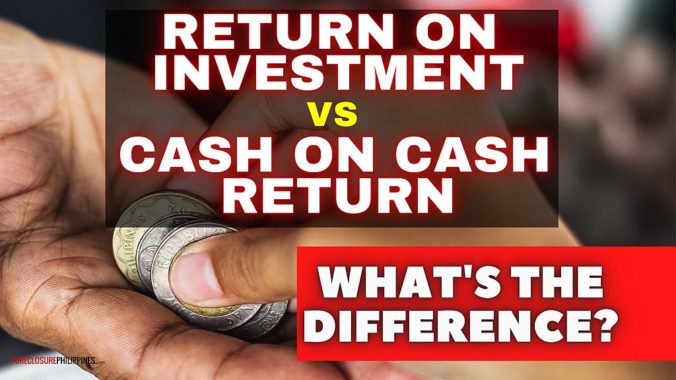
Why measure how fast our cash returns to us?
When we invest our money in an asset, we want that asset to return our cash back to us ASAP, so that we can invest it again in another asset. Not only do we want that initial cash to come back home to us, but we want it to bring friends too (profit).
So, when we are analyzing an investment it is helpful to have a way to find out how fast its cash flow will return our initial cash outlay. This way we know when we can repeat the process on another investment with the “same cash.” Cash-on-Cash Return (COCR) does exactly that.
Is it literally the exact same cash that you invested? No. However, your bank account cannot tell the difference. You have your investment capital. You use it to buy an asset, and now that asset has returned the same amount back to your account. Your investment capital has been restored!
What exactly is Cash-On-Cash Return (COCR)?
Cash-On-Cash Return measures the percentage of your initial cash investment that your asset returns to you per year. With a rental, this is done by taking your Net Monthly Cash Flow (NMCF) times 12 (to annualize it), then dividing it by your initial cash investment.
For example: We buy a distressed property for 500k. We renovate the property for 100k, then rent it out for 14k/month. Professional property management will run around 8-10% gross rent, so we will use the middle number 9%, which is 1,260, and we will put away 1k for taxes and insurance. So that leaves 11,740 Net Monthly Cash Flow.
Our NMCF of 11,740 x 12 is 140,880 annually, divided by our total cash outlay of 600k, giving us a Cash-On-Cash Return of .2348, or 23.48%. This means that your total initial cash outlay will be fully returned to you in the fifth year of ownership of the asset. Basically, four years and three months (51.1 months).
This is where the problem lies with rentals for most people. Most people assume that flipping houses accumulates investment capital faster than rentals exactly because of how long it takes for that initial outlay of cash to come back to you via NMCF.
However, rentals are actually much faster than flips if you properly use leverage to compound your position. A very detailed explanation of that process will be the focus of the next article. For now, we will focus on COCR and ROI.
The Difference
In our last discussion, we looked deeper into whether ROI was better for flips or rentals. We also looked at the 1% Rule, which is a rule of thumb that helps us quickly analyze the return potential of a rental.
We saw that ROI on flips occurs when you sell. At that point, your initial cash investment is returned, as is your profit. ROI assumes repayment of initial investment funds first, and tells you what profit those funds brought back home to us upon their return.
We also saw that ROI was not necessarily a fair metric to measure rentals with, because it is based on the sale the property—which does not occur with a rental. So we use Cash-On-Cash-Return (COCR) for rentals, and ROI is more for flips.
ROI tells you how much profit you made/will make upon the sale of your flip, and COCR tells you how fast your rental will begin producing profit.
More on COCR
You can significantly improve your COCR by getting a loan to purchase the rental. This is because your initial cash outlay is only the down payment and closing costs (+ any renovation). Unfortunately, this severely impacts your NMCF too, due to your monthly mortgage expense.
Jay often says IF you try to accumulate investment capital from the NMCF of a rental, it is very slow. He is right on the money. If you are saving your Net Monthly Cash Flow until you have enough for a down payment on another investment, you are doing it in one of the slowest ways.
For example, if we used a loan to buy the 500k property in the last example, and we added mortgage expenses of 7k/month, then that NMCF of 11,740 becomes 4,740. So, if we were saving that NMCF for a 200k down payment on our next rental, we will be waiting 43 months.
This is an incorrect use of leverage, and it stunts the growth of your holdings. Leverage should be used to compound your holdings and capital quickly. However, because it is so often misused, rentals are often seen as the slower way, rather than the quickest possible way to accumulate capital—which they actually are. We will discuss that in much more detail next time.
Caution
Do not be fooled into thinking that because the COCR is high, it is automatically a good investment. For example, I could get a promo on a new row house for 20k cash all-in, and amortization of 8k/month. IF I can rent the property out for enough to have a NMCF of 1,667, then my COCR will be infinite.
An infinite COCR occurs when the total outlay of cash is fully returned within the first year. Since the NMCF of 1,667 x 12 is 20,004, which is more than the 20k all-in promo, the COCR is considered to be infinite. However, using that cash at the end of the first year to buy another asset could be problematic.
First of all, I would need another 20k all-in promo, which may be hard to find. Secondly, I had better have a heck of a lot more income coming in from somewhere if I plan on qualifying for another mortgage. The 1,667 NMCF will certainly not be enough.
Instead, I would be stuck in an unfavorable position with high leverage and low monthly income until something changed. This is a bad situation to be in, and unfortunately, what most people automatically think of when rentals are discussed. I highly recommend avoiding this situation.
Conclusion
COCR is not really a fair metric to measure flips with, just like ROI is not really a fair metric to measure rentals with. With a flip, there is no NMCF. You sell the asset to get the ROI, so there is no cash flow. These metrics are both valuable tools to help analyze flips or rentals.
However, neither of these metrics can be used on their own in order to decide if a deal is good or not. There are many things to consider. These are just tools that can help you make an educated decision on whether to go through with a deal or not.
Thorough analysis and proper due diligence are the most important parts of successful investing. Remember the 100/10/3/1 rule we discussed last time. It takes hard work, persistence, and determination to put your self in an optimal position. But the payoff is massive.
The most optimal situation would be one in which you could immediately get your initial cash investment back, while keeping the asset, and some net monthly cash flow. This is not a big mystery, lucky, or “once in a lifetime” situation. It happens every day, and we will detail how that is done next time.


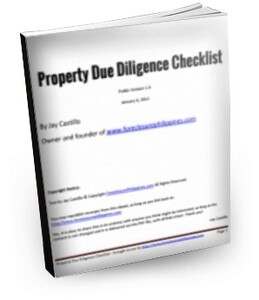
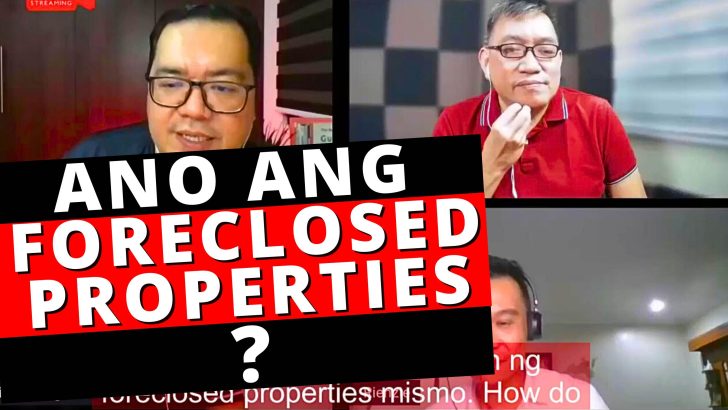
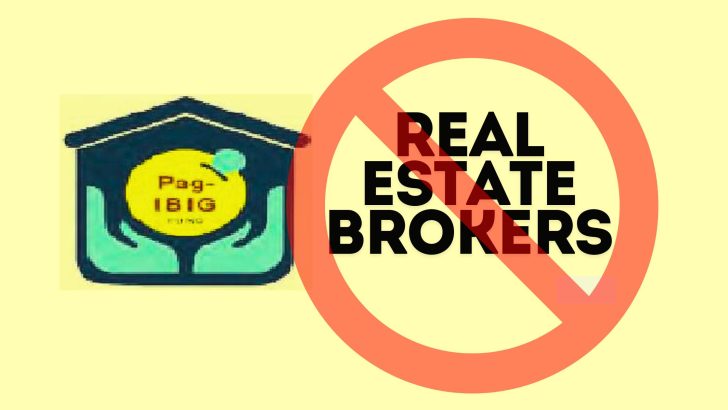
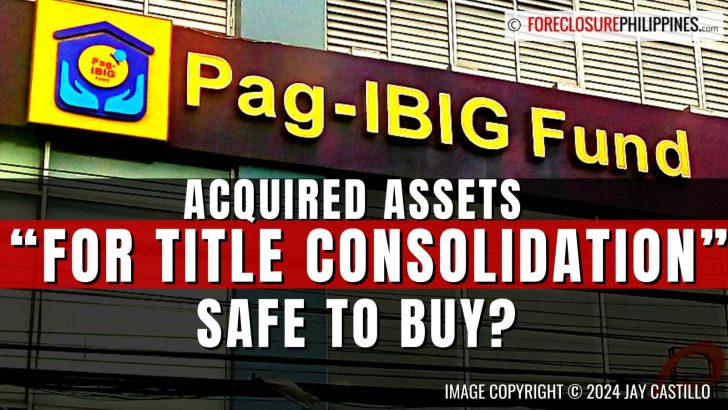

![Why invest in foreclosed properties in the Philippines? + Top things to consider [Video] 6 Why invest in foreclosed properties in the Philippines? + Top things to consider [Video]](https://www.foreclosurephilippines.com/wp-content/uploads/2023/03/video-how-to-invest-in-foreclosed-properties-in-the-philippines-v3-728x410.jpg)

Great article. I am in similar situation and would like to talk to Mr. Gray. Possible to get in touch? [email protected]
Hi Matt, I’ll forward your comment to Michael so he can get in touch with you. Thanks for the feedback!